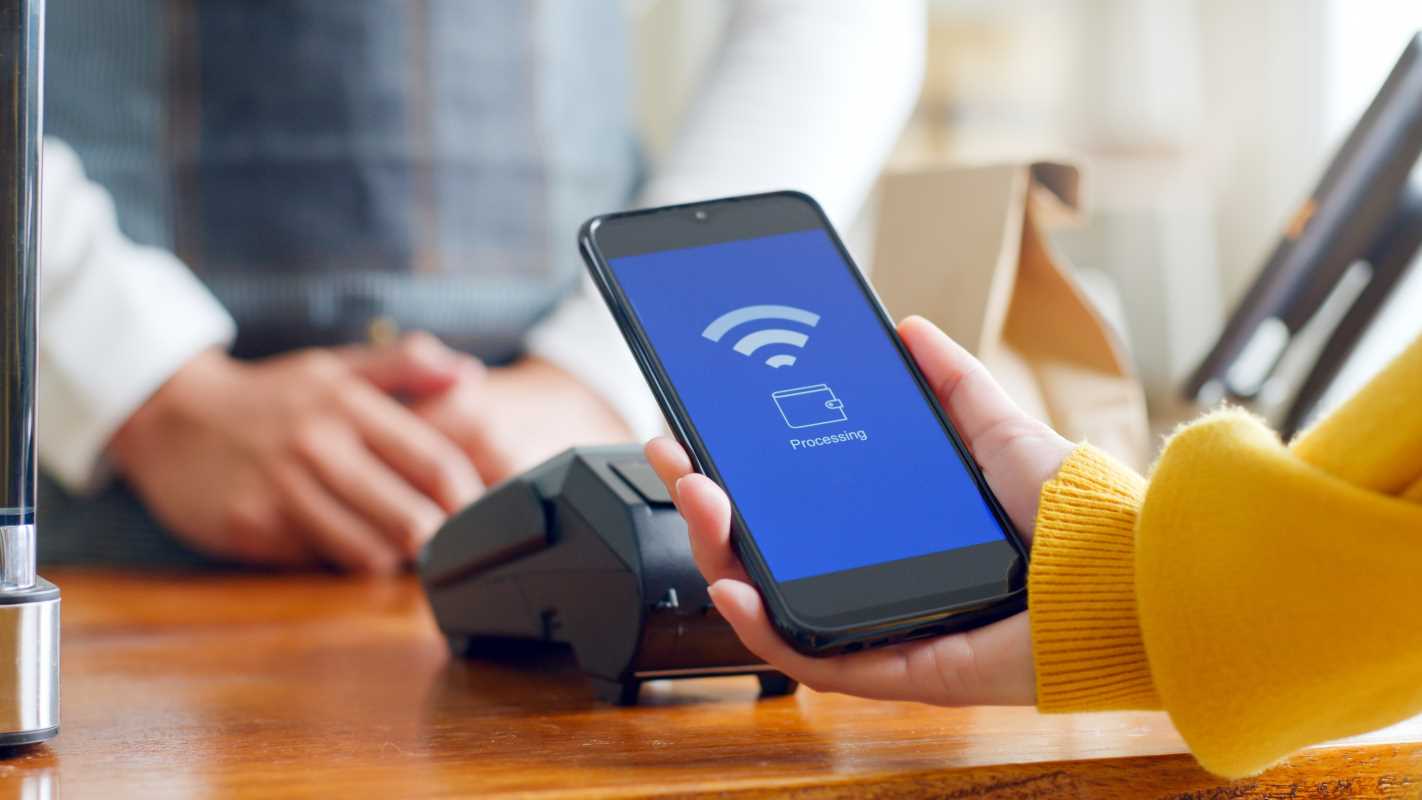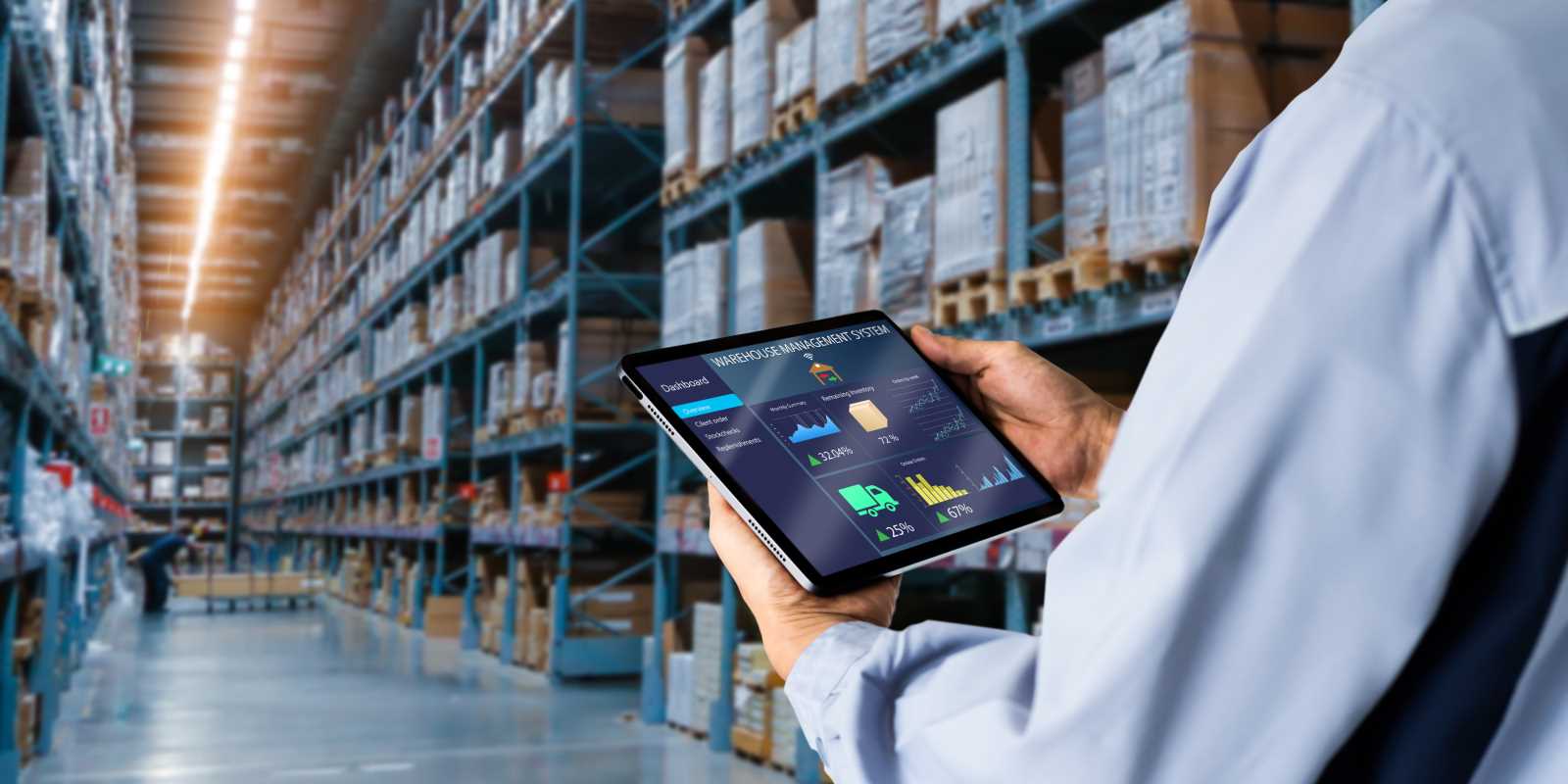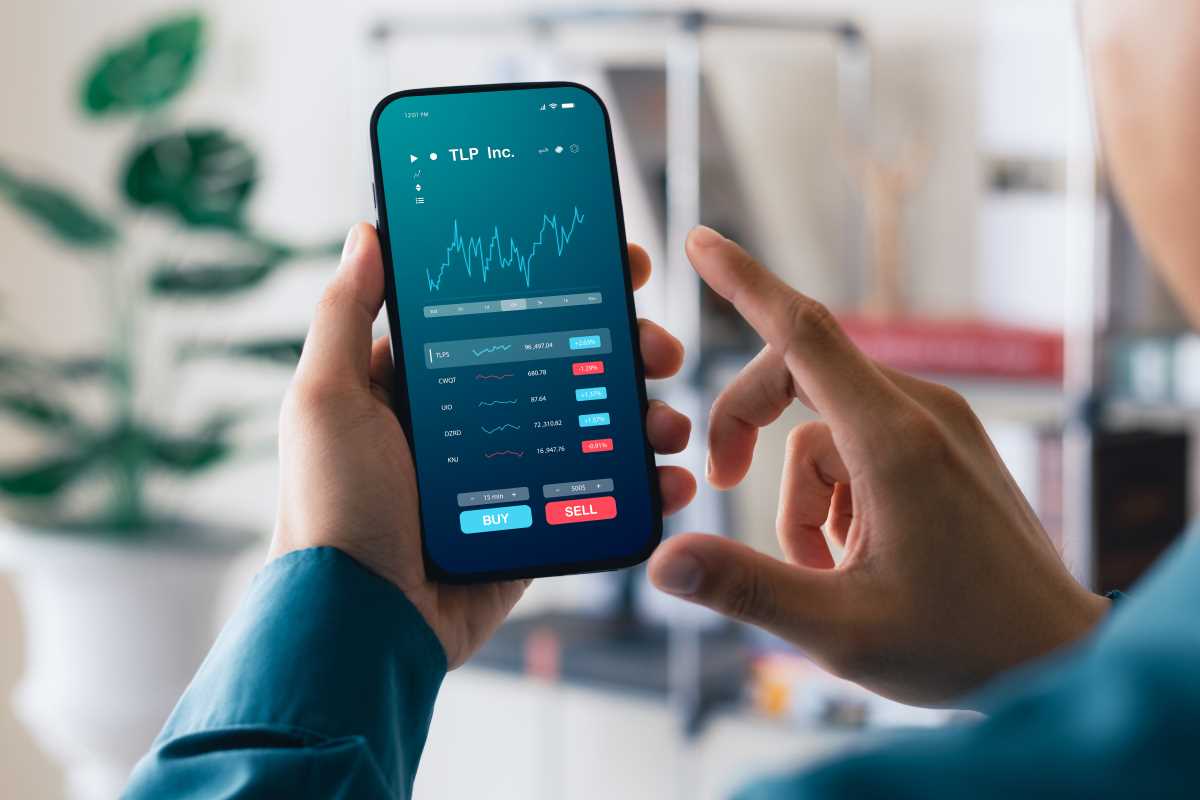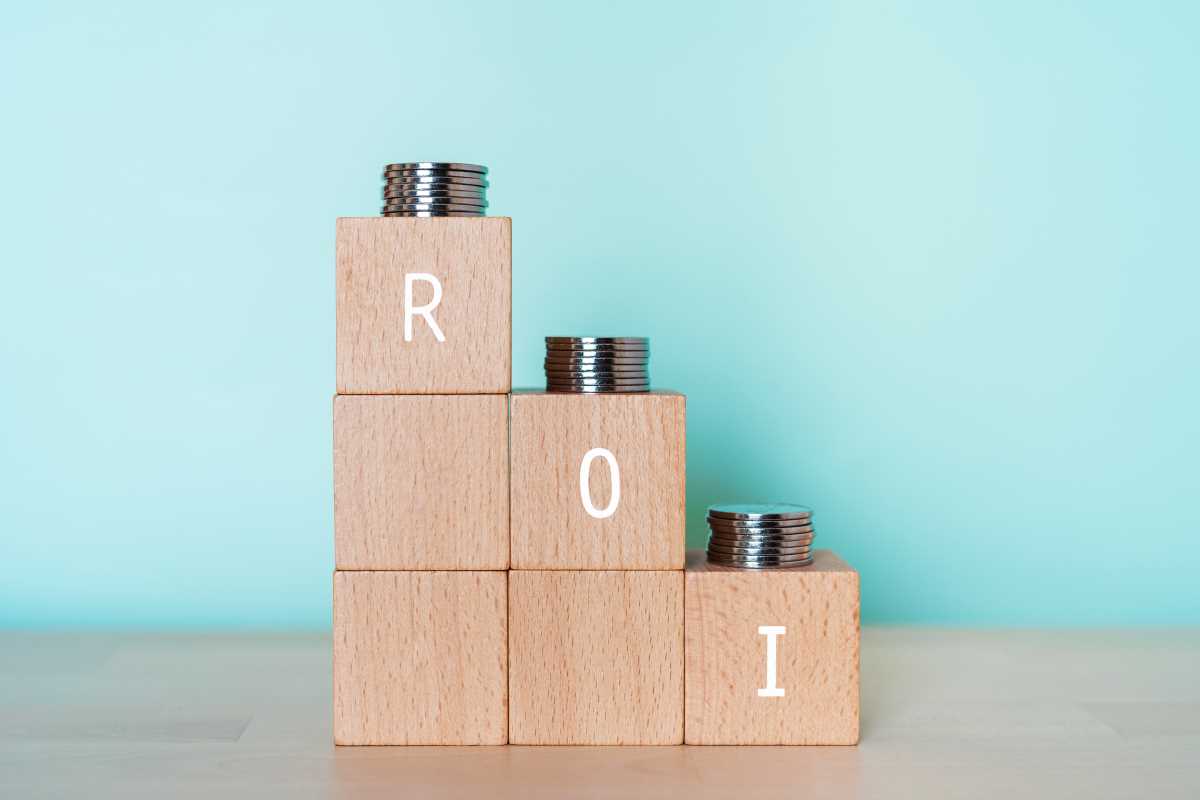It costs far more to attract a new customer than to keep an existing one. That’s a well-known fact in business, but how do you make sure your current customers stick around? The answer often lies in making them feel valued. This is where a great customer loyalty program comes in, serving as a powerful tool to build stronger relationships and drive repeat business.
Thinking of a loyalty program as just another discount strategy is selling it short. When done right, it's a way to thank your customers, understand them better, and turn them into genuine fans of your brand. You can create a program that not only boosts your bottom line but also builds a community around your business. Let’s explore how you can design a loyalty program that delivers real, measurable results.
The Big Benefits of a Loyalty Program
Implementing a loyalty program is an investment in your customer relationships. This investment pays back in several important ways, creating a positive loop of engagement and growth.
Increase Customer Retention
A primary goal of any loyalty program is to keep customers coming back. By offering rewards, you give them a compelling reason to choose you over a competitor. This simple act of rewarding repeat business can significantly reduce customer churn. When people feel their loyalty is recognized, they are more likely to stay with your brand for the long haul.
Boost Customer Lifetime Value (CLV)
Loyal customers tend to spend more over time. A loyalty program encourages more frequent purchases and can lead to larger transaction sizes as customers try to earn rewards faster. This directly increases the total amount of money a customer spends with your business throughout their entire relationship with you—their lifetime value. A higher CLV is a clear sign of a healthy, growing business.
Create Brand Advocates
The best marketing is word-of-mouth, and a loyalty program can turn your satisfied customers into enthusiastic brand advocates. When customers have a great experience and feel appreciated, they are more likely to recommend your business to friends and family. These personal recommendations are incredibly powerful and can bring in new, high-quality customers at a very low cost.
Loyalty Programs That Get It Right
Many successful companies have mastered the art of customer loyalty. Let’s look at a few examples and break down what makes their programs so effective.
- Starbucks Rewards: Starbucks has one of the most famous loyalty programs, and for good reason. Using a simple mobile app, customers earn "Stars" for every purchase, which can be redeemed for free drinks and food. The program is successful because it’s incredibly convenient, gamified (customers enjoy watching their Stars add up), and personalized. Starbucks uses purchase data to send tailored offers, making customers feel seen and understood.
- Sephora Beauty Insider: Sephora’s program is a masterclass in tiered loyalty. Customers are grouped into three tiers—Insider, VIB, and Rouge—based on their annual spending. Each tier unlocks better perks, like exclusive products, birthday gifts, and special events. This structure motivates customers to spend more to reach the next level, creating a sense of exclusivity and achievement.
- Amazon Prime: While Prime is a subscription service, it functions as a powerful loyalty program. For an annual fee, members get benefits like free two-day shipping, streaming services, and exclusive deals. The upfront investment makes customers want to get their money's worth, so they naturally turn to Amazon for their shopping needs. This model locks in customer loyalty by making the convenience too good to pass up.
Designing a Loyalty Program That Works for You
Ready to build your own program? You don't need a huge budget to create something effective. Here are some actionable steps to guide you.
1. Choose the Right Program Structure
The first step is deciding how your program will work. There are several popular models:
- Points-Based: Customers earn points for purchases, which they can redeem for rewards. Simple and effective.
- Tiered: Customers unlock new benefits as they spend more, creating a sense of progression.
- Paid/VIP: Customers pay a fee for access to exclusive perks (like Amazon Prime).
- Value-Based: The program is built around shared values, such as donating to a charity with each purchase.
Think about what would resonate most with your customers and align with your brand. You can even combine elements, like a points system with tiers.
2. Offer Personalized and Valuable Rewards
Your rewards need to be something your customers actually want. Generic discounts are fine, but personalized rewards are far more powerful.
- Action Step: Use customer data to understand their purchase history and preferences. Offer rewards related to what they buy most often. Consider offering experiential rewards, like early access to new products, exclusive content, or invitations to special events. These unique perks can be more memorable than a simple discount.
3. Leverage Technology for a Seamless Experience
A loyalty program should be easy and enjoyable to use. Clunky, complicated systems will discourage participation.
- Action Step: Use a dedicated loyalty program software or app to make it simple for customers to sign up, track their points, and redeem rewards. A mobile-first approach is key, as most people prefer to manage their loyalty accounts from their phones. Ensure the experience is smooth from sign-up to redemption.
4. Promote Your Program Everywhere
Your loyalty program won't be successful if no one knows about it. You need to actively promote it across all your marketing channels.
- Action Step: Announce your program on your website, on social media, and through email newsletters. Train your staff to mention it to customers at the point of sale. Clearly explain the benefits and make it incredibly easy for people to join.
5. Analyze Performance and Ask for Feedback
Once your program is running, your work isn’t done. You need to monitor its performance and make adjustments to keep it fresh and effective.
- Action Step: Track key metrics like enrollment rate, redemption rate, and the impact on customer spending and retention. Don't be afraid to survey your members and ask for their feedback. What do they love? What could be better? Use these insights to evolve your program over time.







